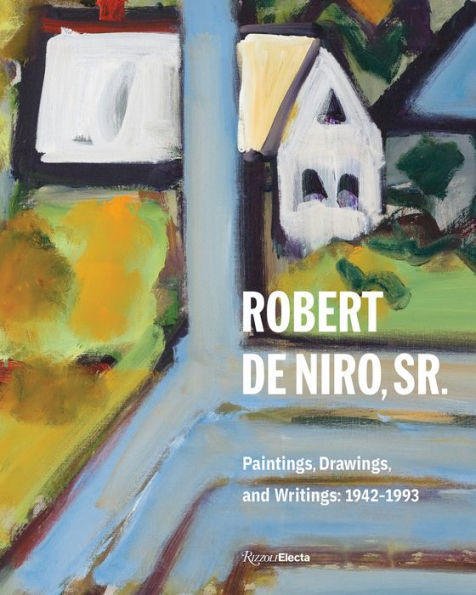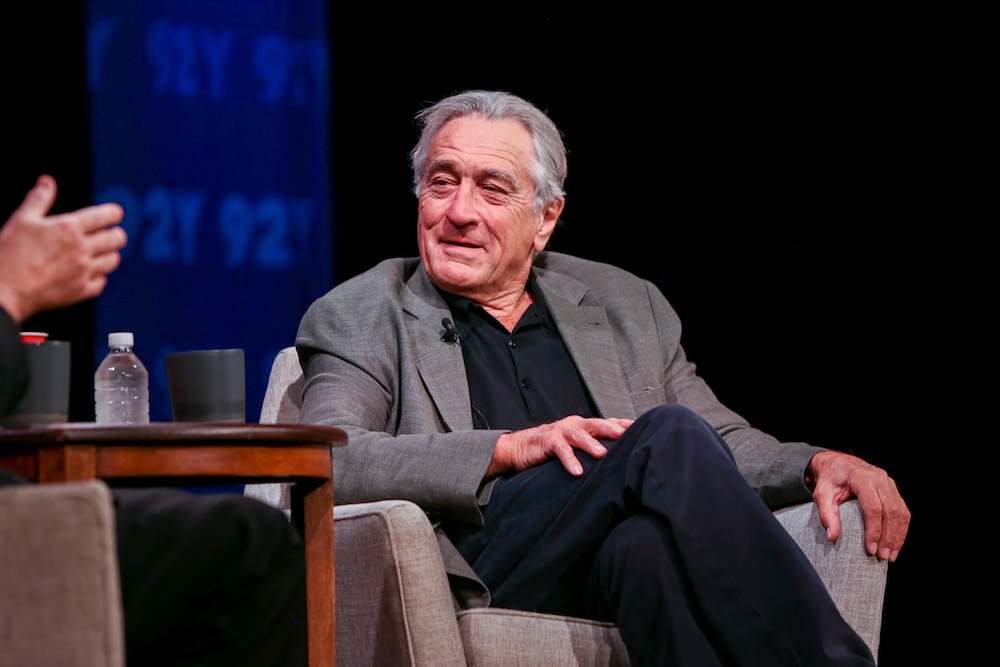Last Tuesday the art critic and writer Robert Storr interviewed the actor Robert De Niro Jr. to talk about the publishing of his father’s first monograph about De Niro Sr.’s work.
The book, “Paintings, drawings and writings -1942-1993″ has been published by Rizzoli and Electa and edited by Robert Storr himself, among others.

Robert De Niro Senior (1922-1993) was a painter from the Abstract expressionist movement together with Rothko, Pollock, de Kooning and hundreds of other talented artists. Although in 1945, at the age of 24, his works were shown next to Rothko’s and Pollock’s in the prestigious Art of This Century gallery, he never reached anywhere near their fame.
To tell the truth, De Niro Sr. was never even half as famous as his actor son would turn out to be, but he was a tireless artist who never ceased to chase the dream of being recognized for his work. The paintings that Robert Storr briefly shows the audience at the 92Y cultural center definitely deserve a greater recognition than they have had up until now.
In De Niro’s works we can trace gentle lines and warm colors found in Matisse, Vangoghian landscapes and many recollections of proto-cubism and of Picasso himself. Also included in the collection: many self-portraits painted at different stages of his life, and a few works displaying crucifixes, which were not part of the common iconography of the time (De Niro Sr, was a religious man).
Storr is a big De Niro fan and claims that, “De Niro did not try to be Picasso. In his cubist works there’s still De Niro thinking of Picasso, not emulating him”.
When Storr makes these kinds of remarks and goes into in-depth explanations of lines and acrylics blends, De Niro Jr. tells him, “ Thank you for teaching me all of these things about my father”. And the crowd bursts into laughter because it’s true, De Niro Jr. might be a painter’s son, but he has never studied art, as he himself admits.
“Have you ever painted”? The audience asks the actor. “No, I have never even tried it. It never interested me, as I believe none of my children is interested in my job. That’s normal for children I suppose”.

His mother, Virginia Admiral (1915-2000), was a painter too but less prolific than his father. De Niro tells us that when he was hitchhiking in Europe in his late teens he walked into the Guggenheim museum in Venice and came across a small work by his mother. “ It was a small painting but I felt so proud of her”.
Then a harder question comes from the audience: “Was it hard to make a documentary about your father’s life?” They are referring to the HBO film De Niro Jr. made in 2014, based on his father’s personal diaries and notes, where it is revealed that he came out as gay shortly after his marriage.
“No, it wasn’t difficult”, De Niro shrugs his shoulders and adds: “Many things I told about my father are accurate and come from his own diary entries but others are the result of my interpretation too. I wish I had been more curious, I wish I had asked him more questions. I’m sure we take our parents for granted most of the time. I regret I didn’t hire someone who could have talked and documented my parents’ extraordinary lives. I deeply regret this.”
“Do you have a favorite painting?” “There’s one called “The Lady in Red” that I didn’t know existed until 6 or 7 years ago, I think that one is my favorite.”
De Niro Sr.’s studio is still intact, his son has preserved it the way it was when his father died.












